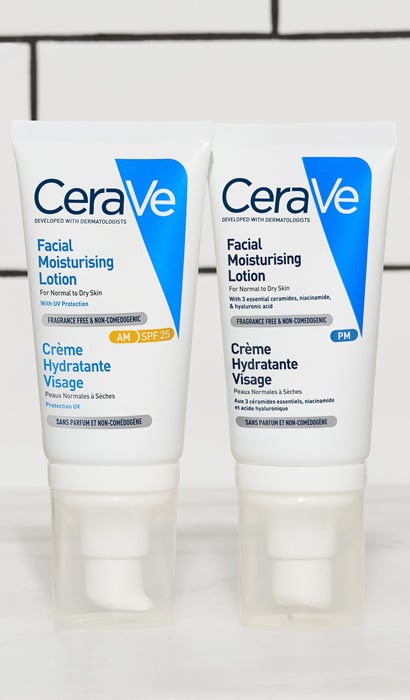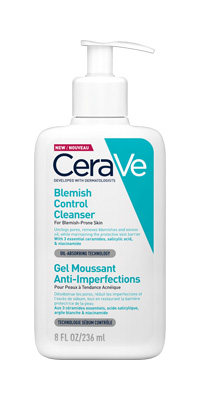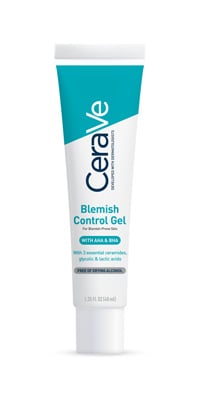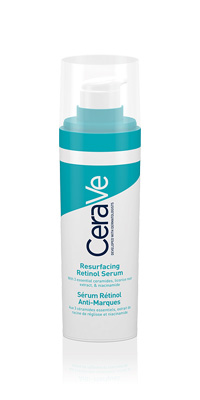How To Clear It Up Like a Dermatologist
Acne-Prone Skin 101
If you frequently experience breakouts, chances are you spend a lot of time wondering what’s triggering your blemishes. Unfortunately, misconceptions and myths about acne-prone skin are very common. Ahead, we’re clearing them up together. Learn what can trigger skin imperfections and how to effectively prevent breakouts in this guide.
Acne-Prone Skin: Facts & Fiction
Studies show that up to 85% of people deal with acne-prone skin at some point in their lives.1 Despite its prevalence, there are many mistaken beliefs about what can cause acne-prone skin and how to manage it. Making matters (seemingly) more confusing is that this skin concern manifests itself in different forms, namely blackheads, whiteheads pimples and spots. Here, we’re breaking down a few common myths about acne-prone to help you better understand how to address this condition.
Acne-Prone Skin Myth #1
Fiction: You shouldn’t moisturise if you have acne-prone skin
If your skin is on the oilier side—as combination skin often is—you may feel that moisturising will only make it worse. In reality, moisturising is an essential part of maintaining an effective skincare routine.This holds true for all skin, including acne-prone skin.
Fact: Moisturising is essential in any acne-prone skincare routine
Skipping moisturiser can leave your skin feeling dehydrated, which, in turn, can cause it to produce excess sebum (oil), in an attempt to compensate. Ultimately, this heightened oil over production can clog your pores and lead to pimple breakouts. To help keep your skin moisturised without aggravating your blemishes, we recommend looking for lightweight, non-comedogenic moisturisers. During the day, use a moisturiser with SPF.
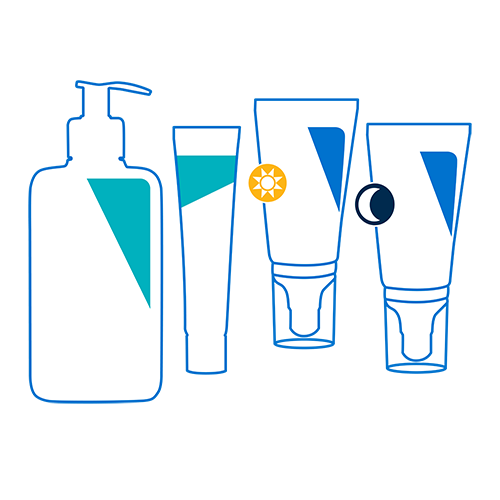
Acne-Prone Skin Myth #2

Fiction: You need harsh products to achieve blemish-free face
If you have greasy or combination skin, your impulse may be to pile on as many blemish-fighting ingredients as you can in order to clear your skin up quickly. In reality, managing bumps and zits is a marathon, not a sprint—and over-using abrasive products can leave your skin feeling dry and irritated. Keep your skin clean, but always be gentle!
Fact: Stronger doesn’t mean better
When it comes to acne-prone skin, sometimes less is more. And, contrary to popular belief, a skin-burning sensation during treatment is not a good thing. CeraVe’s products for acne-prone skin are developed with dermatologists to help minimise breakouts without disrupting the skin’s protective barrier.
Acne-Prone Skin Myth #3
Fiction: Acne-prone skin is caused by dirty skin
Oftentimes, when people have blackheads and pimples, they assume it means their skin is dirty—so they turn to harsh cleaners and aggressive scrubs in the hopes of achieving squeaky-clean skin. While washing your face is an essential part of a healthy skincare routine, overdoing it can actually disrupt your skin barrier and potentially worsen your blemishes.
Fact: Dirt don’t cause blemishes
Despite what some people may believe, dirt might cause skin patches, but is not the underlying cause of blemished skin. Breakouts can occur when your pores become clogged and filled with impurities, such as excess oil, dead skin cells buildup. To help remove excess pore-clogging oil, it’s generally best to wash your face twice daily with a gentle, non-drying cleanser for acne-prone skin

Step-By-Step Routine to Tackle Acne-Prone Skin

Step 1:
Blemish Control CleanserMild Purifying Face Foam Wash - 2% Salicylic Acid (BHA), Niacinamide & Ceramides
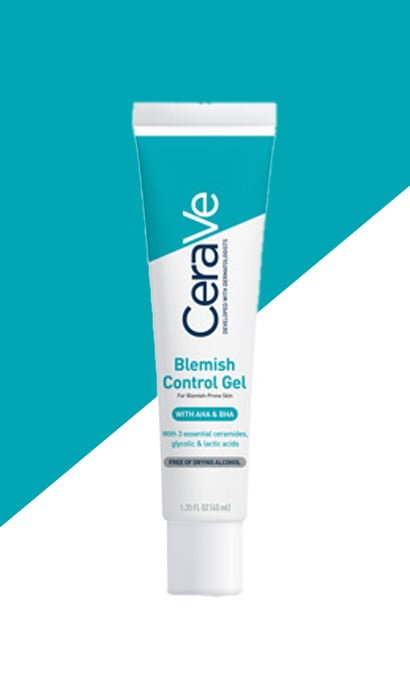
Step 2:
Blemish Control Gel MoisturiserTargeted Clear Gel pH-Balancing & Alcohol-Free - 2% Salicylic Acid (BHA), Niacinamide & AHAs

